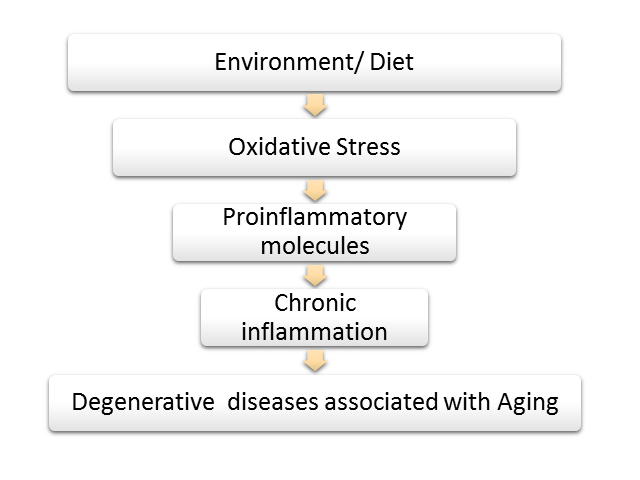Evaluation of the Antioxidant Activity of Nine Plants Used Medicinally by the Ilkisonko Maasai Community of Kenya
DOI:
https://doi.org/10.5530/fra.2019.1.6Keywords:
Adaptogens, Aluminium chloride test, Bark, DPPH, Folin-Ciocalteu assay, Maasai, PolyphenolsAbstract
Objectives: Many plants used in ethnomedicinal interventions have anti-inflammatory, antibacterial, antiviral, anti-aging and anticancer activities attributed to their antioxidant properties. The antioxidant properties may be attributed to high polyphenol content of the plants. The Ilkisonko Maasai are a pastoralist community from Kenya known to ingest certain select plant decoctions for prevention or treatment of targeted illnesses. This study evaluated the antioxidant properties of organic and aqueous extracts of these select plants. Methods: The antioxidant potential was evaluated by 1, 1-diphenyl-2-picrylhydrazyl free radical (DPPH) scavenging method. Total phenolic and flavonoid content were determined using the Folin–Ciocalteu’s assay and aluminium chloride colorimetric test, respectively. Results: The organic extracts had significantly higher phenolic and flavonoid content than the aqueous extracts except for Pappea capensis in which the converse was observed. Among the studied plant extracts, Acacia nilotica had the highest phenolic content in the methanol and water extracts (237.26±1.83 mg and 149.66±0.60 mg tannic acid equivalent/g of extract) and the highest antioxidant activity in both the methanol and water extracts with an IC50 of 54.61μg/mL and 102.96μg/mL, respectively. The standard, ascorbic acid, had an IC50 of 50.32μg/mL. In both the methanol and water extracts, Acacia reficiens had the highest flavonoid content (130.62±1.78 and 99.80±1.73 mg catechin equivalents/g of extract, respectively). The correlation between the total phenolic content and antioxidant activity was statistically significant (Pearson’s r= -0.841). Conclusion: This study found that select plants used by the Ilkisonko Maasai as medicinal plants exhibited high phenolic content and antioxidant activity, giving credence to their ethnomedicinal use.
Downloads
Metrics





